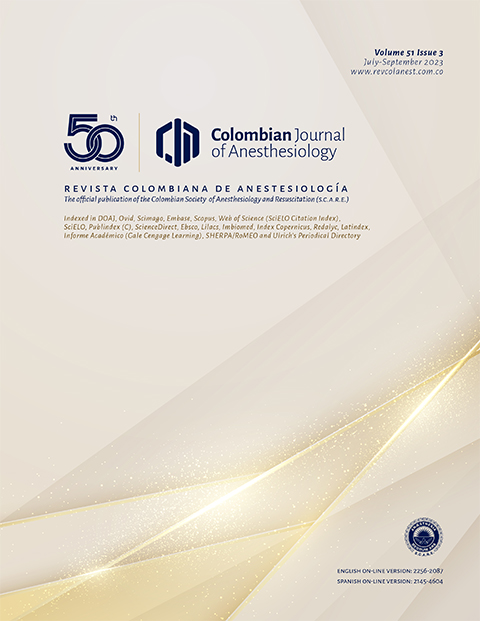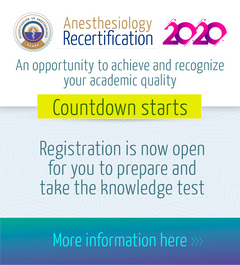Epidemiological measures: application and interpretation in real-life scenarios according to epidemiological study designs
Abstract
Frequency, association and impact measures are key concepts in clinical epidemiology; however, it has been found that a considerable proportion of health students and professionals have no knowledge of how to use or interpret them when reading a scientific paper or conducting research. This article aims to explain the main epidemiological measures, how they are used, derived and interpreted. They are approached from the perspective of each of the most frequently used types of primary quantitative research studies (randomized clinical trials, cohort studies, case-control estudies and cross-sectional studies) in order to provide the reader with the context in which they are used. Moreover, the process for calculating and interpreting each result in a real setting is explained using clinical examples for a better understanding of these concepts and in order to prevent their use from becoming just a mechanical or repetitive exercise.
References
Ruiz Morales A, Gómez Restrepo C. Medidas de frecuencia, de asociación y de impacto. En: Epidemiología Clínica. 2nd ed. Bogotá: Editorial Médica Panamericana; 2015. pp. 113-128.
Windish D, Huot S, Green M. Medicine residents' understanding of the biostatistics and results in the medical literature. JAMA. 2007;298(9):1010. doi: https://doi.org/10.1001/jama.298.9.1010
Fardales-Macías V, Fábregas-Tejeda J, Carrazana-Rodríguez R. Insuficiencias en la preparación estadística del estudiante de medicina. Medisur. 2017;15(4).
Harris A, Reeder R, Hyun J. Survey of editors and reviewers of high-impact psychology journals: Statistical and research design problems in submitted manuscripts. J Psychol. 2011;145(3):195-209. doi: https://doi.org/10.1080/00223980.2011.555431
Susarla S, Redett R. Plastic surgery residents' attitudes and understanding of biostatistics: A pilot study. J Surg Educat. 2014;71(4):574-9. doi: https://doi.org/10.1016/j.jsurg.2013.12.003
Kleinbaum D, Kupper L, Morgenstern H. Epidemiologic research. Principles and quantitative methods. New York: Van Nostrand Reinhold; 1996. Chapters 3, 6-9, p. 40-50, 96-180.
Rothman K, Greenland S, Lash T. Modern epidemiology. 4th ed. Philadelphia: Lippincott-Raven Publishers; 2021. Chapters 4-8, p. 53-182.
López-Medina E, López P, Hurtado IC, Dávalos DM, Ramírez O, Martínez E, et al. Effect of ivermectin on time to resolution of symptoms among adults with mild covid-19: A randomized clinical trial. J Am Med Assoc. 2021;325(14):1426-35. doi: https://doi.org/10.1001/jama.2021.3071
Mameli C, Picca M, Buzzetti R, Pace ME, Badolato R, Cravidi C, et al. Incidence of acute respiratory infections in preschool children in an outpatient setting before and during covid-19 pandemic in Lombardy Region, Italy. Ital J Pediatr. 2022;48(1):18. doi: https://doi.org/10.1186/s13052-022-01221-w
Sistrom C, Garvan C. Proportions, odds, and risk. Radiology. 2004;230(1):12-9. doi:
https://doi.org/10.1148/radiol.2301031028
Bruxvoort K, Sy L, Qian L, Ackerson B, Luo Y, Lee G, et al. Effectiveness of mRNA-1273 against delta, mu, and other emerging variants of SARS-CoV-2: test negative case-control study. BMJ. 2021(375). doi: https://doi.org/10.1136/bmj-2021-068848
Ritchie H, Mathieu E, Rodés-Guirao L, Appel C, Giattino C, Ortiz-Ospina E et al. Coronavirus pandemic (covid-19). Our World in Data. [Internet]. 2022. Available at: https://ourworldindata.org/coronavirus
Downloads
Copyright (c) 2020 Colombian Journal of Anesthesiology

This work is licensed under a Creative Commons Attribution-NonCommercial-NoDerivatives 4.0 International License.
| Article metrics | |
|---|---|
| Abstract views | |
| Galley vies | |
| PDF Views | |
| HTML views | |
| Other views | |














